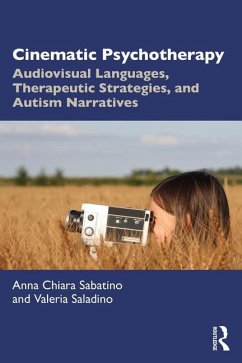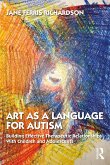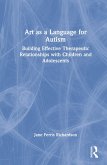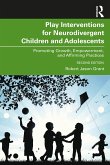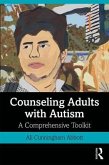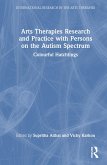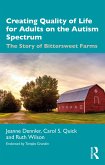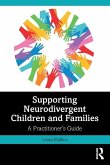This book investigates the therapeutic potential and efficacy of audiovisual languages, deepening the integration of film studies into neuropsychiatry and strategic psychotherapy.
Within a theoretical framework including documentary studies, self-representational and amateur theories, and strategic psychotherapy, the book describes the key notions and methodologies for using audiovisual language in clinical therapy practice and autism spectrum disorder (ASD) interventions. The book, a review and update of the Italian Cinema terapeutico: Linguaggi audiovisivi e percorsi clinici, showcases the healing potential of creative participatory processes and self-representations that occur thanks to the relocation and amateurization of the contemporary cinematic experience. The authors propose an experimental therapeutic protocol, Video-Pharmakon, which aims to serve as a new integrated method for taking care of children and adolescents with ASD and their families. The protocol is illustrated in its methodologies and phases and supported through case studies.
Scholars and practitioners of art therapy and narrative-based medical approaches, professionals working with clients with ASD, and any other student or professional interested in ASD, psychotherapy, and film studies will find this a valuable resource for current practice and future research interventions.
Within a theoretical framework including documentary studies, self-representational and amateur theories, and strategic psychotherapy, the book describes the key notions and methodologies for using audiovisual language in clinical therapy practice and autism spectrum disorder (ASD) interventions. The book, a review and update of the Italian Cinema terapeutico: Linguaggi audiovisivi e percorsi clinici, showcases the healing potential of creative participatory processes and self-representations that occur thanks to the relocation and amateurization of the contemporary cinematic experience. The authors propose an experimental therapeutic protocol, Video-Pharmakon, which aims to serve as a new integrated method for taking care of children and adolescents with ASD and their families. The protocol is illustrated in its methodologies and phases and supported through case studies.
Scholars and practitioners of art therapy and narrative-based medical approaches, professionals working with clients with ASD, and any other student or professional interested in ASD, psychotherapy, and film studies will find this a valuable resource for current practice and future research interventions.

